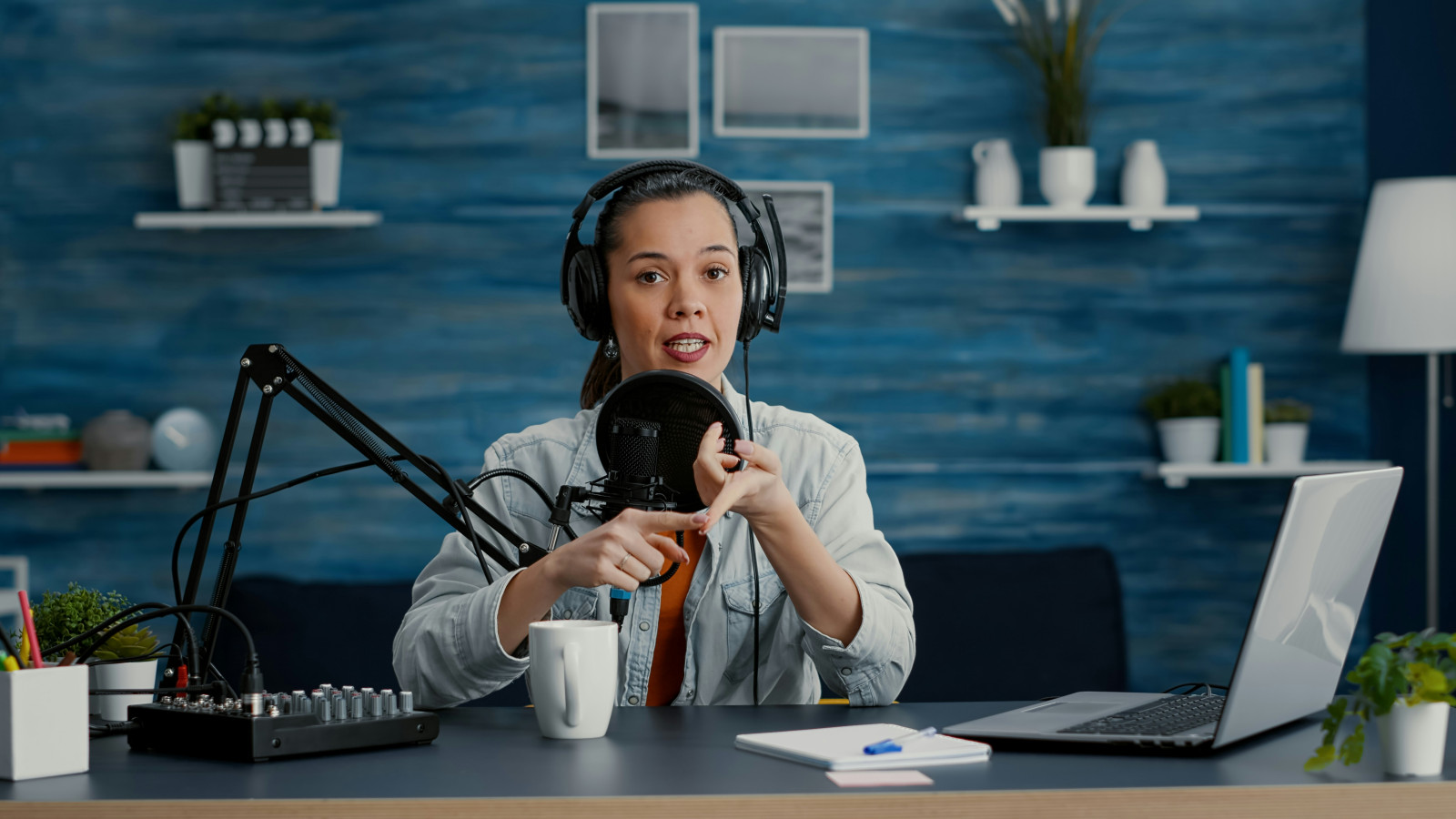A case against video podcasting

Photo: Getty Images

Key takeaways from this blog:
- While video is at the forefront of entertainment, audio-only formats can be equally important for engagement
- Prioritising video-first podcasting risks dilution – favouring style, celebrity, and algorithms over knowledge and authenticity
- MIDiA argue that audio-only podcasting is not just viable, but vital: essential for meaningful, lasting connection, capable of combating consumers' growing screen fatigue
Video is rapidly becoming podcasting’s default setting. Platforms are pushing it, advertisers are demanding it, and creators – particularly fledgling ones – are being told it is the only way to scale. In this emerging narrative, audio-only is being relegated to a stepping stone, rather than being valued as a medium in its own right.
But before we abandon audio’s unique strengths in our race to put everything on screen, we should ask: What are we sacrificing in the process?
This is not to say that video podcasts must be fully rejected. For some audiences, particularly the younger, creator-native ones, or those from emerging markets where video podcasts were what was first introduced, video delivers clear value. Yet in the rush to move everything in front of the camera, there is a risk that in doing so you lose what made audio-only podcasts succeed in the first place.
Here is why audio remains not just viable, but vital.
1. Cognitive advantages of audio
Great audio not only tells stories – it propels imagination. Where video confines meaning to a predetermined visual frame, audio encourages listeners to construct their own mental landscape. This fundamental difference transforms passive consumption into active participation. The listener becomes co-creator, interpreting audio through the lens of personal experience rather than receiving a one size fits all explanation. This is why the most memorable podcast moments feel intimate and unique to the listener – not because we saw them, but because we took part in creating (imagining) them.
Featured Report
MIDiA Research 2026 predictions Change is the constant
Welcome to the 11th edition of MIDiA’s annual predictions report. The world has changed a lot since our inaugural 2016 edition. The core predictions in that report (video will eat the world, messaging apps will accelerate) are now foundational layers of today’s digital economy.
Find out more…2. No longer about what is said but who said it
Video accelerates podcasting’s shift toward celebrity culture. When visuals dominate, production becomes less about ideas and more about persona, where everything is geared towards two-second hooks, supplanted onto social media. As a result, commissioning decisions increasingly hinge on watchability rather than knowledge, privileging star-power over substance.
This is not just stylistic but structural. Podcasts gave space to niche, underground voices who could relish in the longform. Video, by contrast, rewards those already at ease on camera. Podcasting’s meritocratic ethos gave us something different, where ideas outshone polish. The push towards video has the chance to underdo all of that.
3. The antidote to screen fatigue
We are in the midst of a pendulum swing. The appeal of being online and connected all the time is dwindling rapidly, instead people feel chained to their screens, and consumers are undertaking an analogue revival as a result. Where vinyl and CD sales are up, digital detoxes are surging and book clubs are the Gen Z du jour.
This is not just about nostalgia; it is a rejection of the always-on, short-form video grind. Consumers are exhausted by the endless scroll, the performative nature of video-first content, and the cognitive load of constant stimulation. Audio offers a reprieve, a way to engage and to be entertained, without being consumed by yet another glowing rectangle.
4. Algorithmic pressure distorts authenticity
Video podcasts are optimised for YouTube and other video first social-media apps, where success hinges on thumbnails, clickbait and shock value. This shifts content strategy from depth to spectacle.
Algorithmic platforms incentivise shock over substance, meaning that podcasts will move away from insight instead prioritising reaction faces, on-screen gimmicks, and hyperbolic titles over meaningful discussion. Audio podcasts, free from these pressures, remain a refuge for long-form, nuanced conversation.
Looking to the future, do not turn your back against video podcasts but steer clear of blind adoption
Video podcasting is not wrong, but it is not the only future. The industry should resist treating it as a mandatory evolution and instead recognise audio’s enduring strengths.
For creators, the lesson is clear: Do not abandon what works. Video may help reach new audiences, but audio remains podcasting’s source, a place to build deep, meaningful engagement with audiences. The best strategy is not to replicate something else, but to understand how you gained an audience in the first place – not all roads lead to YouTube.
After all, in my first MIDiA blog I wrote about how radio survived the streaming era by staying true to its roots, and for my money, podcasts can too.

The discussion around this post has not yet got started, be the first to add an opinion.